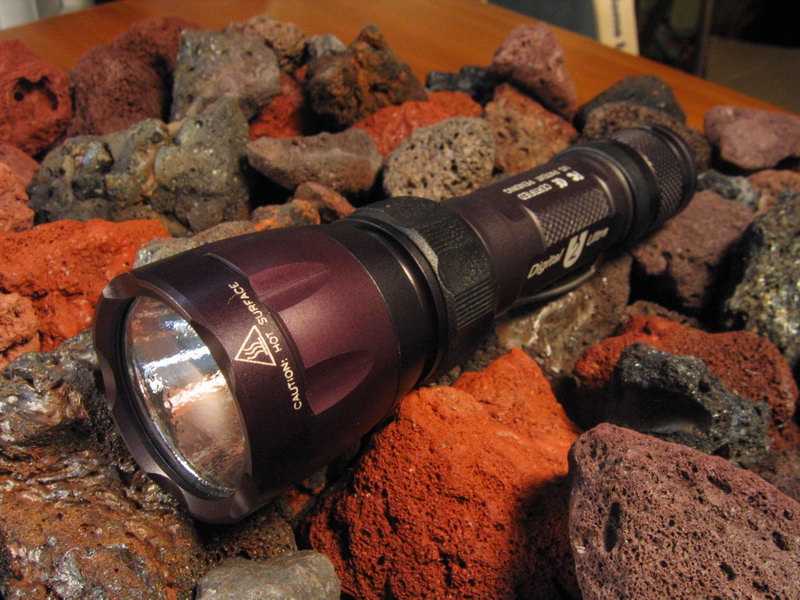jtice
Flashaholic
I have been taking photos for a few years now, and have learned a good bit about what is needed to achieve certain shots.
But I find that I am still not getting the quality photos I want.
The last couple nights I have taken a few shots of lights I am reviewing.
I find the photos alittle grainy, and too much of the shot is out of focus.
I have tried to get a greater focal length by closing the apature, which seemed to help some, but I still cant get the depth I want.
The main thing that bugs me is the grainy, noisy haze I am seeing.
Here are a couple pages I did today for my reviews.
Surefire L4
Surefire U2 the revire isnt done yet, buy the photos are there for you to see.
Please tell me what you think of the photos, and what I should do to make them better.
I am using a Canon A95 camera.
The lighting is a mix of flourecent and incan lights. No Flash.
Thanks !
~John
But I find that I am still not getting the quality photos I want.
The last couple nights I have taken a few shots of lights I am reviewing.
I find the photos alittle grainy, and too much of the shot is out of focus.
I have tried to get a greater focal length by closing the apature, which seemed to help some, but I still cant get the depth I want.
The main thing that bugs me is the grainy, noisy haze I am seeing.
Here are a couple pages I did today for my reviews.
Surefire L4
Surefire U2 the revire isnt done yet, buy the photos are there for you to see.
Please tell me what you think of the photos, and what I should do to make them better.
I am using a Canon A95 camera.
The lighting is a mix of flourecent and incan lights. No Flash.
Thanks !
~John


